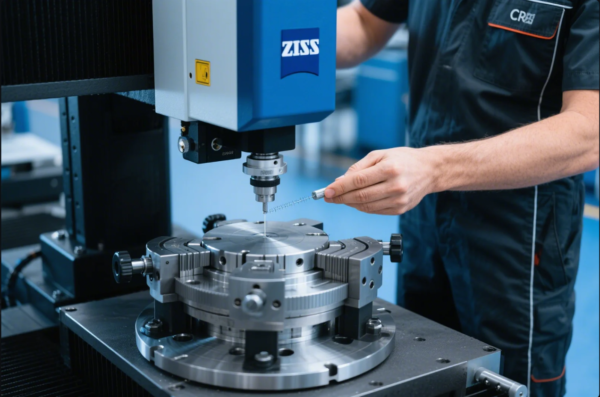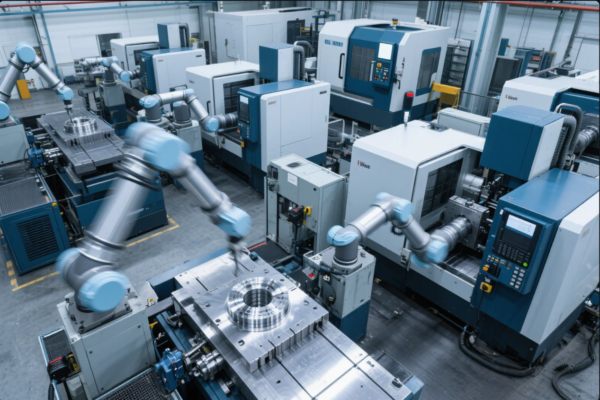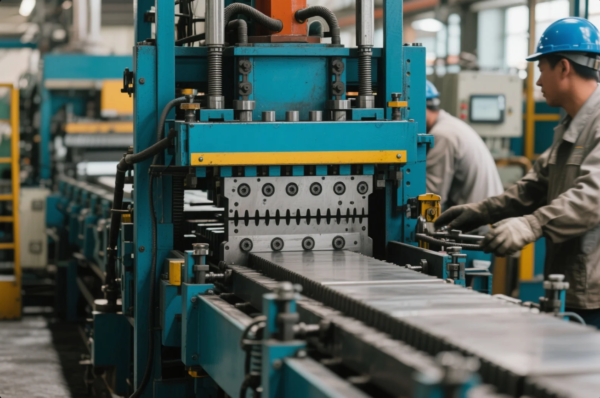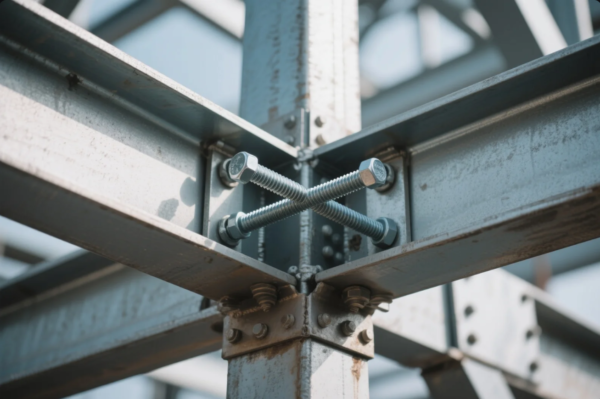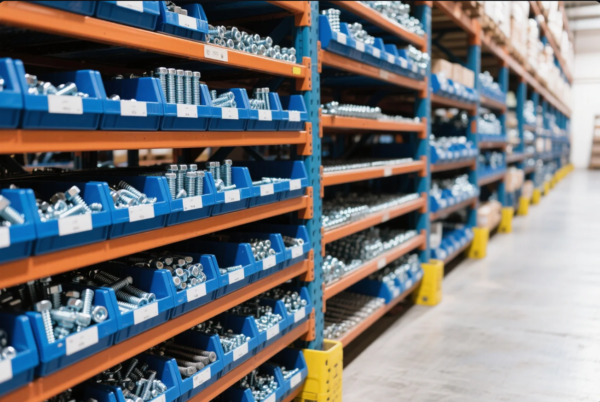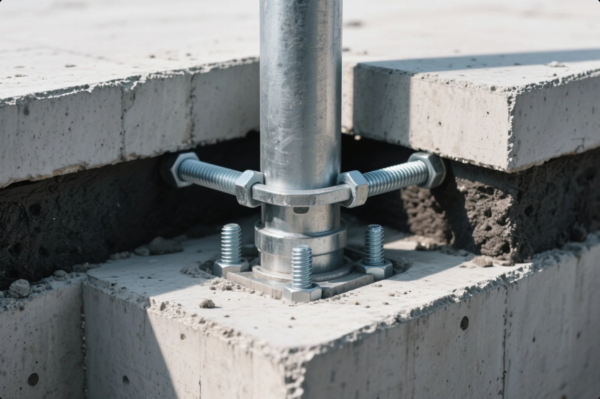What is undercut when welding?
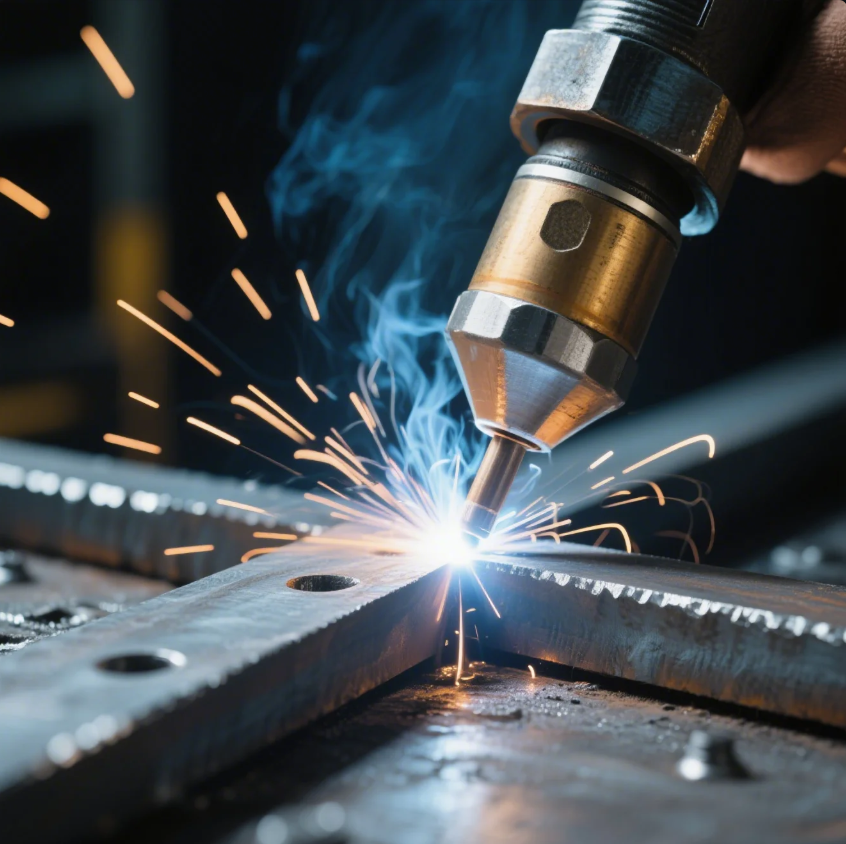
Undercut ruins weld strength—even when the bead looks clean.
Weld undercut is a groove melted into the base metal along the weld toe, weakening the joint and increasing failure risk.
Let’s break down how to spot, prevent, and fix this critical welding defect.
What causes undercut while welding?
Good welds start with control—undercut starts with the lack of it.
Undercut is caused by high travel speed, incorrect angle, excessive amperage, or poor technique.
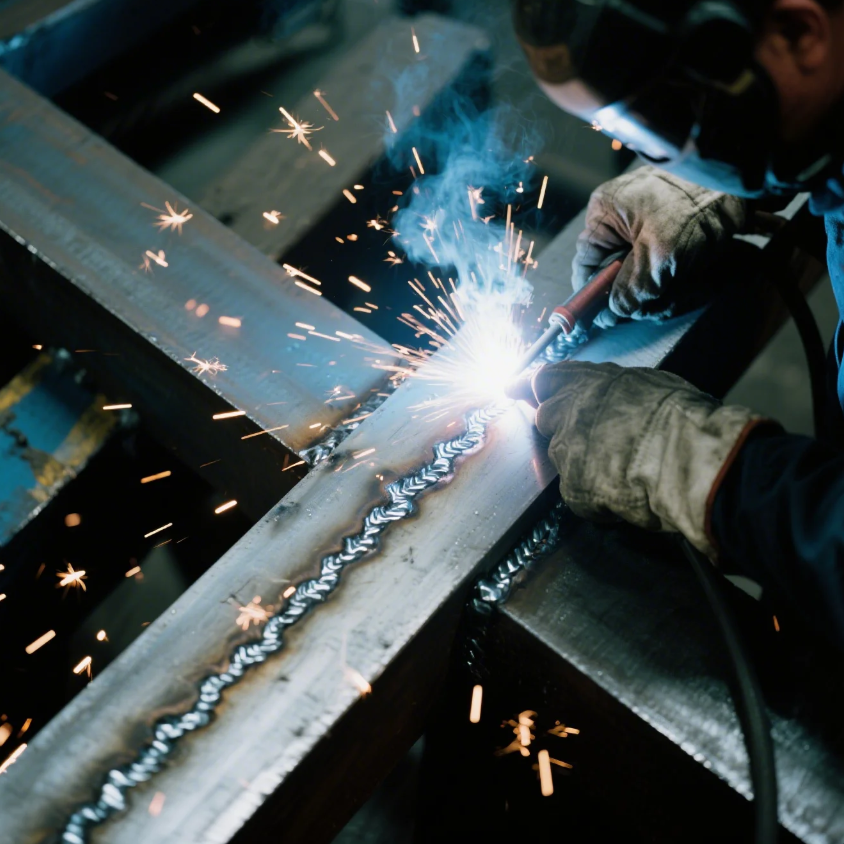
Years ago, one of our clients from the Middle East received a batch of welded enclosures with visual cracks near the seams. We traced it back to aggressive travel speed and angle errors from a rushed subcontractor.
Common causes of undercut
| Cause | Explanation |
|---|---|
| Travel too fast | Metal doesn’t fill the edge, leaving a groove |
| Too much current | Overheats base metal, melts edges |
| Incorrect torch angle | Arc directed away from the joint |
| Poor filler control | Not enough material to support the weld edges |
| Improper joint design | Gaps or poor fit-up that invite edge erosion |
At Prime, all ISO-certified welding assemblies go through pre-approved WPS (Welding Procedure Specifications) to ensure no undercut during production—even under tight timelines.
How do you prevent undercut when welding?
You fix undercut by adjusting the process—not just the weld.
To prevent undercut, slow down travel speed, use correct amperage, maintain steady angles, and fill properly.

One of our European clients had ongoing undercut issues on galvanized sheet assemblies. Our engineers reviewed their process, trained the team, and optimized filler rate. Result? Zero returns over the next two quarters.
Practical prevention steps
| Adjustment | Effect |
|---|---|
| Reduce travel speed | Allows filler to fill groove properly |
| Lower amperage | Avoids overheating and edge erosion |
| Hold correct angle | Distributes heat evenly across joint |
| Use proper filler rate | Matches filler deposition to arc travel |
| Choose right joint prep | Prevents misalignment and arc concentration |
At Prime, we don’t just weld—we engineer. When clients request custom welding part assemblies, we design with undercut prevention in mind, from fit-up to torch pass.
What is undercut and how do you prevent it?
Undercut is visual—but its impact is structural.
Undercut is a groove along the weld toe that reduces joint strength. Prevention requires the right current, angle, and technique.
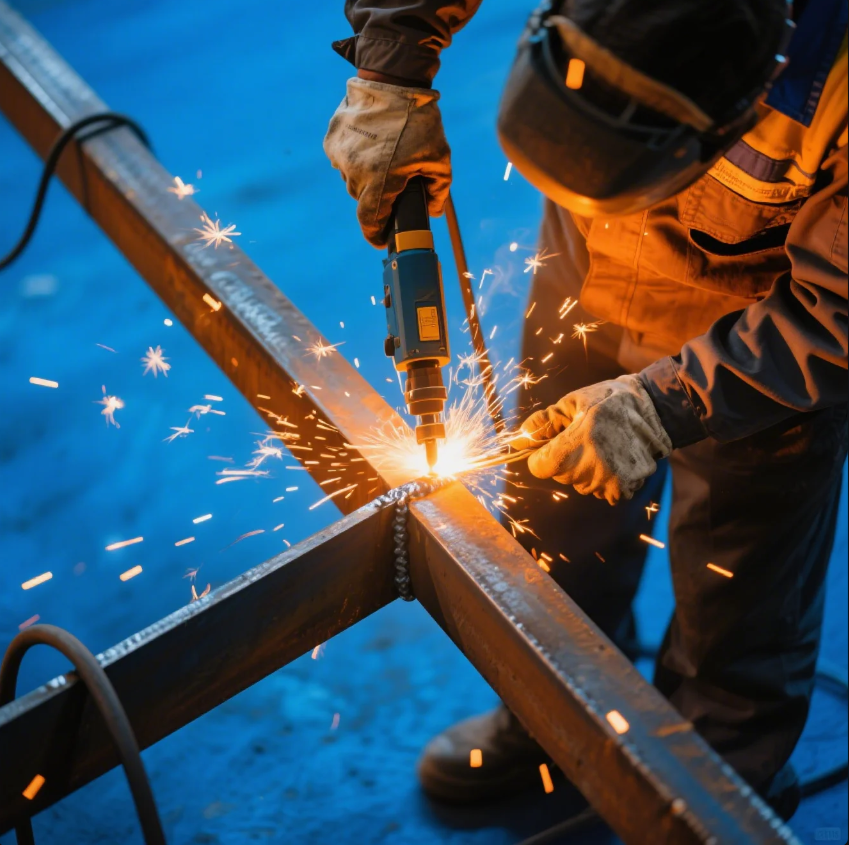
During a review of rejected parts from an automotive client, we discovered microscopic undercut cracks using dye penetrant inspection. Though they looked fine visually, those welds failed under stress.
Understanding and fixing undercut
What undercut looks like:
- Sharp groove along the side of the weld bead
- Often appears as a thin line where metal dips below surface
- May run the entire length of the weld
How to prevent it:
- Match wire feed and travel speed
- Angle the torch 5–15° away from vertical
- Use a weaving motion for wider joints
- Maintain consistent arc length and speed
| Symptom | Prevention Tip |
|---|---|
| Groove at weld edge | Lower heat input, slow down travel |
| Irregular bead profile | Maintain correct arc length and angle |
| Incomplete fill | Increase filler metal or slow deposition |
Prime’s production lines use robotic and manual welding checks to eliminate undercut, ensuring every custom metal part or CNC welded assembly passes both visual and structural inspection.
What does an undercut weld look like?
It may be small—but it’s a red flag for failure.
An undercut weld has a sharp groove at the base metal’s edge beside the weld bead—it weakens the structure.
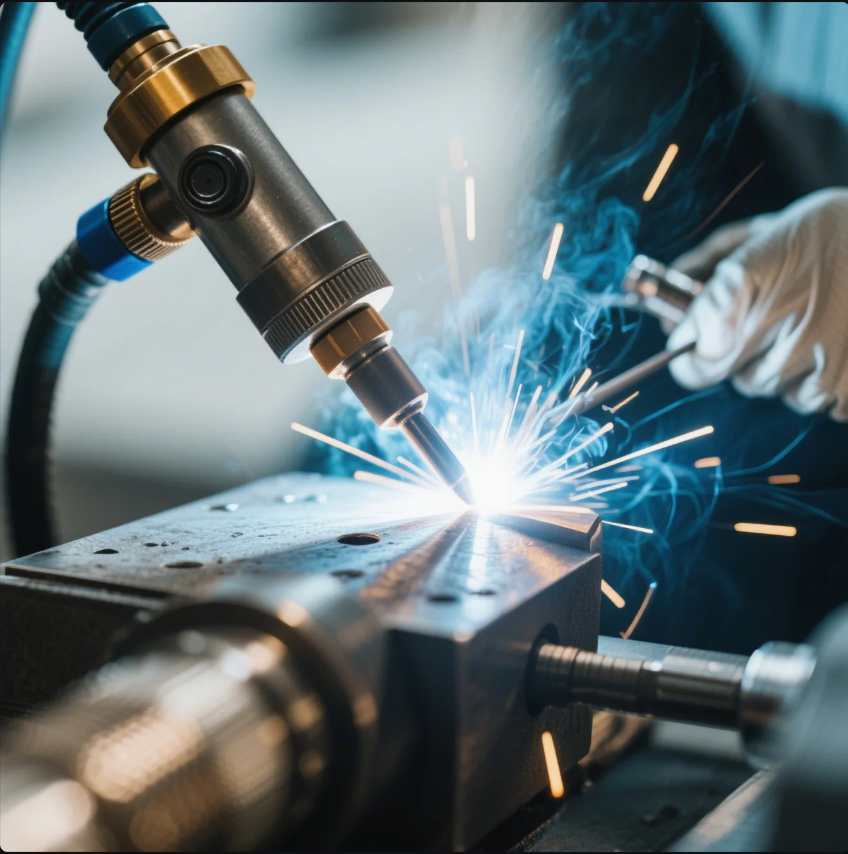
Clients sometimes overlook this when reviewing samples. That’s why we send detailed macro photos of weld cross-sections to show what “good” looks like—and what to avoid.
Visual signs of undercut
| Observation | What It Indicates |
|---|---|
| Sharp groove at weld toe | Classic undercut |
| Cracks along weld line | Stress started at undercut zone |
| Irregular bead profile | Inconsistent travel speed or heat input |
We often provide weld quality detail images with inspection reports. Whether you need high-precision CNC welded parts or general sheet metal structures, our documentation proves quality and gives peace of mind.
Conclusion
Undercut is avoidable—with the right control, technique, and inspection steps.
Need strong, clean welds with zero compromise? Contact Prime today via our website. We’ll give you a free consultation, expert advice, and a fast quote on ISO-certified parts—delivered fast, and built to last.

